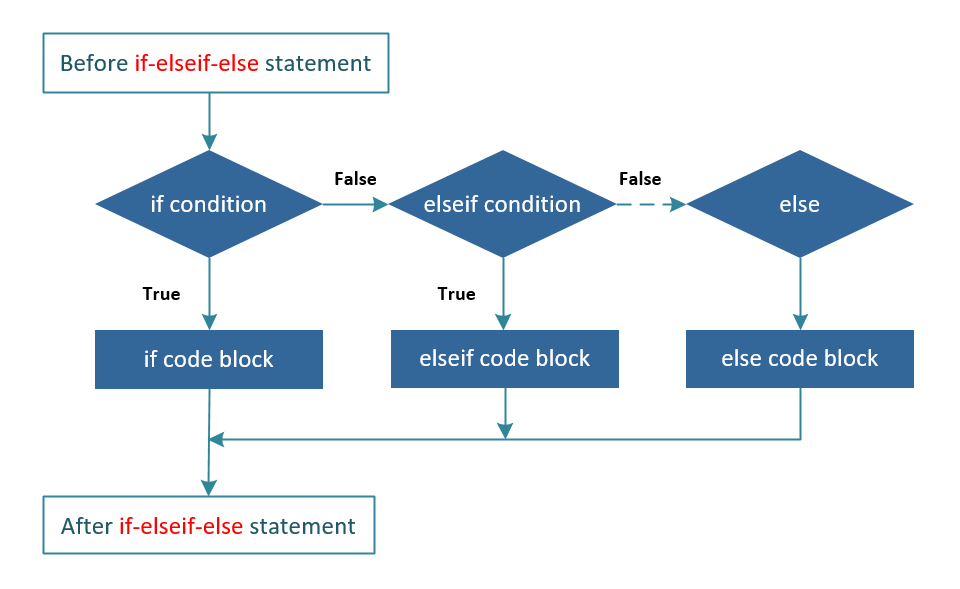

If you find yourself nesting if/else statements in a complex way in a template file, it's probably time to reassess how the template file is loaded and perhaps create a function or functions to choose exact templates or partial templates for each specific situation. This makes the template logic easier to follow. You have two choices here: 1) Generate the HTML dynamically using technologies such as PHP or XSLT. As has been said in other posts, HTML does not support conditional logic.

#Php if else tags code
Generally I find that if there's more than 5-10 lines in a php if block in a template file, its usually worth breaking that functionality into a separate template and including it inside the if or else statement. This works as expected, because when the PHP interpreter hits the > closing tags, it simply starts outputting whatever it finds (except for the immediately following newline - see instruction separation) until it hits another opening tag unless in the middle of a conditional statement in which case the interpreter will determine the outcome of the conditional before making a decision of what. You would need to use either client side scripting or server side code to provide the conditional logic that would render your HTML accordingly.

Multi-line php blocks are somewhat of a code smell to me, indicating logic that should be put in a function or class elsewhere and referenced in a single line in your template: site_url( '/index.php/portal ' ), This makes it easier to see which if/else/end blocks are related to each other, as well ask making it clear what functionality is php and what is HTML. Along the same vein, I would replace the if/else curly braces with colons and endif tags, as well as move any php open/close tags onto the same lines as the php functionality. This makes it much clearer what goes inside each if/else block. I find php open/closing tags in and html tags in templates to be hard to read when they are not lined up with the rest of the indentation: site_url( '/index.php/portal ' ), Personally in your example above, I would change two things: indentation, and curly braces. There are various style guides if you're interested in seeing examples. Well-written as opposed to working but poorly written code is a distinct matter of opinion and taste. In PHP, its possible to write else if (in two words) and the behavior would be identical to the one of elseif (in a single word). We recommend logging out after each session.

It works when I run it but I care more if it's done right (because even poorly-written code can unfortunately work).Īnd here is how I cut it up. In PHP, the following are Conditional statements: if statement if any one condition is true then some code executes. I wanted to inject some HTML into this if/else script so I cut it up like this but I'm unsure if I did it right. You can also use "elseif" to give a new condition that must be met for the next section of code.Here is the original script: site_url( '/index.php/portal ' ), Can be very useful in making concise assignments that depend on some condition, e.g. He also has to remove the gap between 'else if'. Think of it as an 'if' statement you can use in expressions. You should really drop that inline CSS as Paul stated in his comment while we are busy making it more readable.
#Php if else tags manual
Here are links to the manual pages about if, echo, and print statements: This is the PHP ternary operator (also known as a conditional operator) - if first operand evaluates true, evaluate as second operand, else evaluate as third operand. The syntax for echo is as follows: echo "" These tell your program to output the html code that will be read by your browser. You also need to use "echo" or "print" statements. You only need the opening and closing php tags () once one before your php code and the other after.


 0 kommentar(er)
0 kommentar(er)
